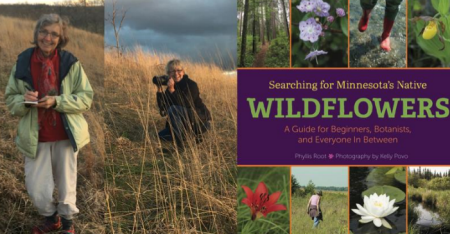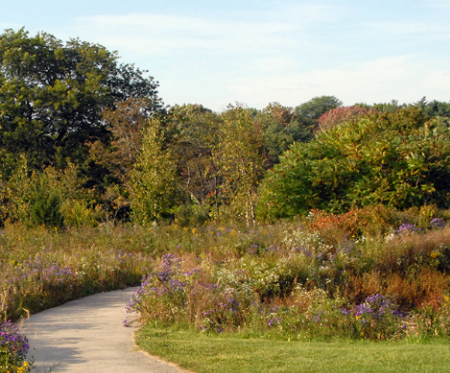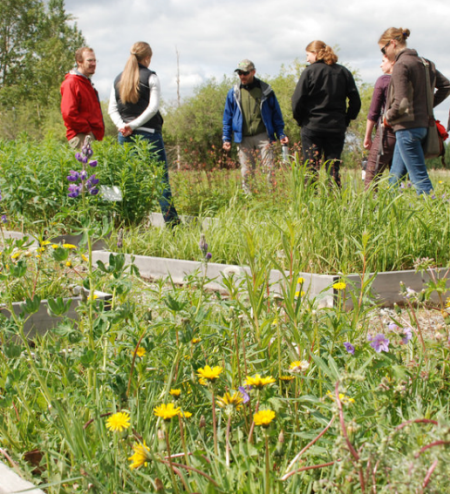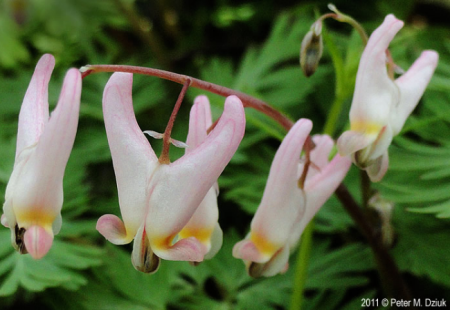Click below to listen to my 2 min. Garden Bite radio show: What’s a native plant “community”?
Gardeners are always talking plants, it’s what we do! There’s also a lot of talk about planting native species, creating a native “community”. What does that mean?
I interviewed Phyllis Root not too long ago, she wrote “Searching for Minnesota’s Native Wildflowers – a Guide for Beginners, Botanists and everyone in between”.
 It’s a great read for anyone in the upper midwest. She also explains what a native plant community DOES.
It’s a great read for anyone in the upper midwest. She also explains what a native plant community DOES.
There are a number of things. For one, it stores carbon. So that’s a pretty big deal as we consider climate change. For two or four things, it conserves water, filters water, purifies water and recycles it! Then there’s building soil, making oxygen, providing food, nectar, pollen and habitat for insects, birds, animals and people! Whether they’re native or not!

Native Plant Communities – Bureau of Land Management has a program to grow native seed and plant native communities across the U. S.

Finding native plant communities near and far in our local and national parks! Native plant communities also offer something for every season.
How do you look for native wildflowers?
- First, Phyllis Root suggests going slowly, taking your time looking, some of those flowers are tiny and hidden.
- Ask questions of those who live in the area.
- As for identifying a flower you see, well, color helps but, as we all know, there are shades of color making something red look orange or pink…
- How many petals does it have?
- What’s it’s shape? Is it like a daisy or a yarrow or odd like Dutchman’s breeches?
- What about the leaves? And then there’s the stem… some are smooth, some are hairy.
- How tall is the plant?
- Where is it growing? In moist soil, in the shade, in sunshine, in a prairie?
- What time of year is the flower flowering?
Oh so many questions! It’s like diagnosing a plant problem but more fun! Keep a journal!

